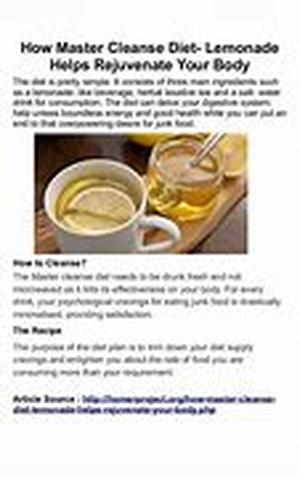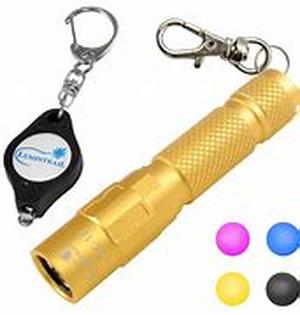
Hydraulic Machinery Are Machines And Tools That Usefluid Power To Do The Work. Almost All Types Ofheavy Equipment Is A Common Example. With This Typeof Equipment, Hydraulic Fluid Is Pumped To A Highpressure Then Transmitted Through The Machine Tovarious Actuators. The Hydraulic Pumps Are Powered By Engines Or Electricmotors. The Pressurized Fluid Is Controlled By Theoperator With Control Valves And Then Distributedthrough Hoses And Tubes. The Increasing Popularity Of Hydraulic Machinery Isdue To The Large Amount Of Power That Is Transferredthrough Small Tubes And Flexible Hoses. The High Power Density And Wide Array Of Actuators Can Make Use Of This Power.Hydraulic PowerThe Theory That Lies Behind Hydraulic Equipment Isfluid Pressure.1. A Force That Acts On A Small Area Can Create A Bigger Force By Acting On A Larger Areaby Hydrostatic Pressure.2. A Large Amount Of Energy Can Be Carriedby A Small Flow Of Highly Pressurized Fluid.PumpsA Hydraulic Pump Will Supply The Fluid To Thecomponents In The System. Pressure In The Systemwill Develop In Reaction To The Load. Pumps Havea Power Density Of Around Ten Times Greater Thanan Electric Motor. The Pumps Are Powered By Anelectric Motor Or Engine, Which Is Connected Throughgears, Belts, Or A Flexible Elastomeric Couplingto Reduce The Heavy Vibration.The Common Types Of Hydraulic Pumps For Hydraulicmachinery Applications Include:1. Gear Pump - The Gear Pump Is Cheap, Durable, And Simple. It Is Less Efficient, Simplybecause It Is Constant Displacement And Suitablefor Pressures That Are Below 3,000 Psi.2. Vane Pump - Vane Pumps Are Cheap, Simple,and Reliable. They Are Good Pumps For Higher Flowlow Pressure Output.Hoses And TubesA Hydraulic Hose Is Graded By Pressure, Temperature,and Compatibility Of Fluid. A Rubber Interior Issurrounded By Multiple Layers Of Woven Wire Andrubber. The Exterior Of The Hose Is Designed Forresistance Against Abrasion. The Bending Radius Of The Hydraulic Hose Is Designed Very Carefully Into The Machine, Sincea Hose Failure Can Be Deadly, And Violating Theminimum Bend Radius Of The Hose Can Also Causefailure.A Hydraulic Pipe Is Thick Enough To Have Threadscut Into It For Connections. It's Rarely Usedfor High Pressure Systems Though, Which Prefer Tohave Tubes Or Hoses. The Pipe Itself Lends Toweldings And Can Also Be Used To Fabricate Themanifold. Hydraulic Pipes On The Other Hand Are Preferredover Hoses Whenever Possible, As They Are Simplymore Durable. Tubes Are Also Preferred Over Pipes,as They Weigh A Lot Less. Hydraulic Tubes Willnormally Have Flared Ends And Captive Nuts Tomake Connections. They Can Also Be Steel Weldedwith Floating Nuts And Face Seal Fittings On Theends. Both Tubes And Pipes For Hydraulic Applicationstraditionally Haven't Been Plated Or Painted,since The Temperature And Oil They Operate Underdrive Away Moisture And Reduce The Risk Of Rust.FittingsThe Fittings With Hydraulic Machinery Serveseveral Purposes:1. To Bride Different Standards, Suchas The O-ring Boss To JIC Or Pipe Threads To Theface Seal.2. Allows Proper Orientation Of Components, As A 45 Or 90 Degree, Straight, Oreven Swivel Fitting Will Be Chosen As It Is Needed. They Are Designed To Be Positioned Inthe Correct Orientation And Then Tightened Asneeded.3. To Incorporate Bulkhead Hardware.4. A Quick Disconnect Fitting May Be Added To A Machine Without Having To Modify Hosesor Valves.PPPPP(word Count 585)





